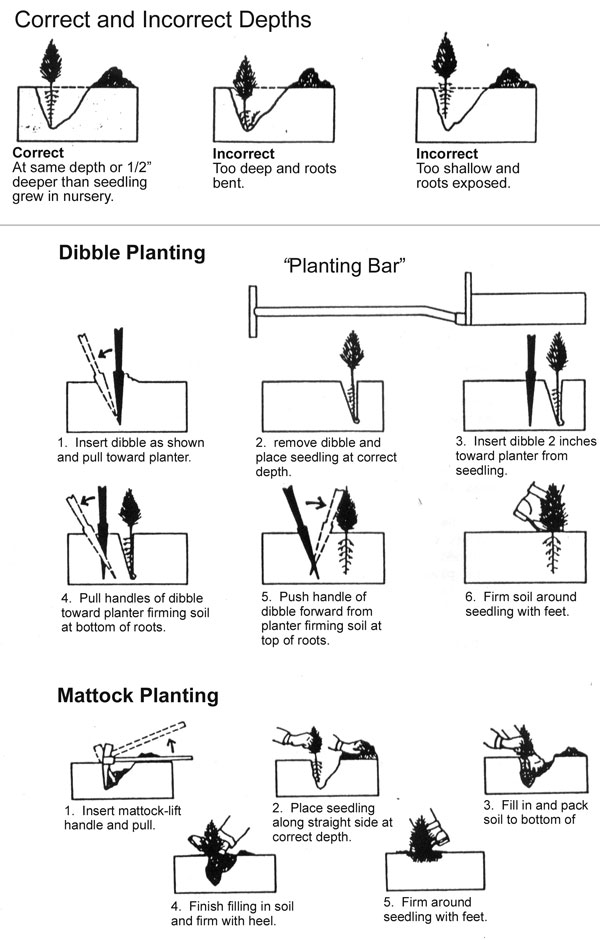Quick Sizing Tool Sapling
Guide for planting, heeling, and transplanting trees, as well as information about dormant trees. The dependence of crown size on species, resource supply, and tree age complicates an accurate evaluation of a tree's space requirement, and its. The scarcity of such data is a limitation to accurate assessment of ecosystem services provided by the urban forest, for instance via modelling tools such as i-Trees from the.
Many SAP customers are switching to SAP HANA to take advantage of its real-time analytics functionality and its ability to perform transactional processing at lightning speed. These capabilities open up an array of opportunities for the business, but to fully benefit, customers must correctly calculate the sizing requirements for SAP HANA to support the in-memory technique that drives its powerful performance, and to?minimize future maintenance costs. Fath Ul Qadeer Download there. This article provides SAP IT and business users with an overview of how to properly size for SAP HANA. It starts with an explanation of the key performance indicators (KPIs) used for SAP HANA sizing, and how sizing for SAP HANA is different from sizing for traditional databases.

It then outlines the two different sizing approaches — initial sizing (for new solution implementations) and delta sizing (for changes to existing solution implementations) — supported by SAP, and how to apply these approaches when sizing for SAP HANA-based implementations. Note: This article primarily focuses on SAP Business Suite and SAP BW, but there are many other products that are also powered by SAP HANA. SAP offers specific sizing guidelines and recommendations for these products. Key Performance Indicators for SAP HANA Sizing Sizing calculations for determining a system’s, solution’s, or database’s requirements are based on certain KPIs.
The three main KPIs used to size for SAP HANA are memory space, CPU processing performance, and disk size. Memory While traditional sizing approaches focus on CPU performance, the main driver for SAP HANA sizing is memory. Because SAP HANA is a main memory database, essentially all business data (e.g., master and transactional data) resides in the main memory, which leads to a higher memory footprint compared to traditional databases. In addition to the main memory required for storing the business data, temporary memory space is needed to operate the database management system — to support complex queries or data that is needed for buffers and caches, for example.
